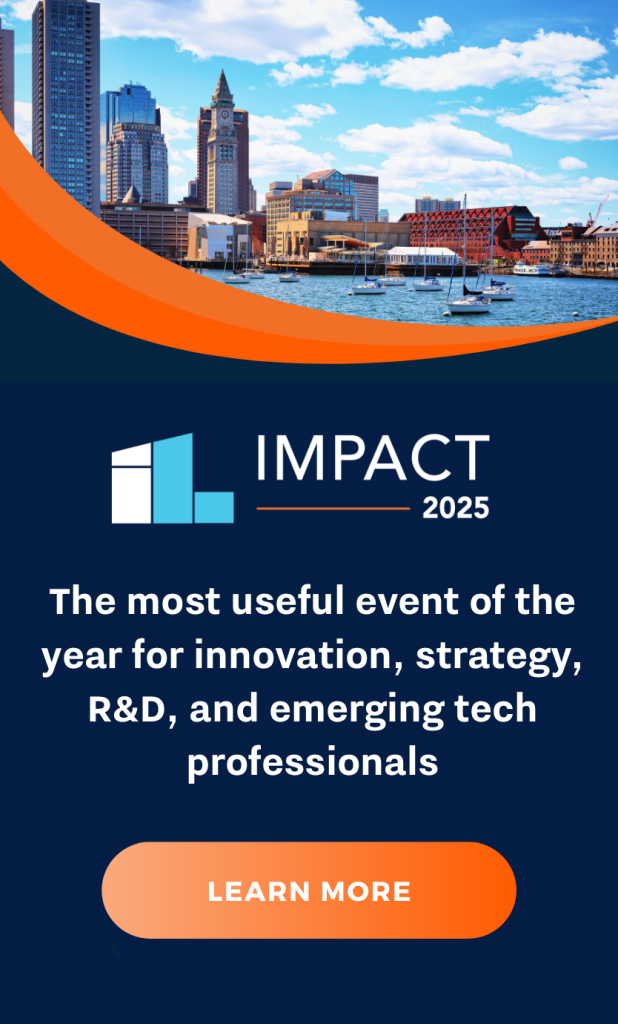Corporations are better managed than ever, but they’re also less capable of delivering the breakthroughs that change our world for the better. They are too often focused on efficiency instead of resiliency. They optimize for safety, predictability, and to protect the status quo. Their focus on capital efficiency leads them to engage in an illusion of innovation: activity that feels like innovation but leads to value destruction and stasis, not creation and progress.

In his new book, The Illusion of Innovation: Escape “Efficiency” and Unleash Radical Progress, Elliott Parker, CEO of High Alpha Innovation, serves up a range of examples from science, history, nature, and adventure whose lessons can help corporations address important problems while building resiliency. In this webcast, he showed slides and discussed the book with Alex Slawsby of InnoLead.
Here are ten key takeaways from the conversation:
1. Innovation vs. Efficiency: Elliot Parker highlighted a common misconception in corporations — that efficiency leads to innovation. He used the analogy of forest fire management to illustrate how over-suppression (efficiency) can lead to more destructive fires (stagnation in corporations), suggesting that occasional “fires” (disruptions) can lead to healthier ecosystems (innovative companies).
2. The Importance of Controlled Experiments: Companies need controlled experiments or “controlled burns” to manage risks and innovate effectively, without letting risks spiral out of control.
3. Long-term Vision in Business: Parker discussed how businesses with a long-term vision manage to persist and adapt through generations, unlike businesses driven solely by short-term financial metrics.
4. The Amazon Jungle as an Innovation Model: The Amazon Jungle is described as a model of resilient and decentralized innovation, where countless experiments (biological mutations) occur without centralized control, leading to robust ecological systems. Parker said: “It innovates through mutations at the level of individual cells or organisms, at the margins, where if that mutation fails, too bad for the organism involved, but the ecosystem’s fine.”
5. Organizational Comfort with Experimentation: Parker raised the question of how comfortable organizations are with genuine experimentation, which is crucial for transformative innovation. (See poll results below.)
6. Balancing Innovation and the Core Business: The discussion touched on balancing the need to innovate with the need to protect and enhance the core business, stressing that both elements are crucial for sustainable business growth. “You need people in a corporation who are focused on executing the core business and doing that in ever better ways,” Parker said.
7. The Role of External Ventures in Innovation: External ventures are seen as a way to bypass internal constraints and foster innovation that can later be integrated back into the parent corporation.
Metrics at the portfolio level matter a lot more than the metrics for any individual bet.
8. Challenges of In-House Innovation: There’s a critique of trying to incubate highly innovative ventures within the traditional corporate structure, as it often leads to suboptimal outcomes due to inherent structural limitations.
9. Metrics and Incentives for Innovation: Parker spoke about the importance of appropriate metrics and incentives that align with long-term innovation goals, rather than short-term efficiency metrics. “Metrics at the portfolio level matter a lot more than the metrics for any individual bet,” he said.
10. The Future of AI in Innovation: Parker briefly touched on the potential impact of AI on innovation processes, suggesting that AI could significantly alter how businesses innovate and operate.
One poll conducted as part of the webcast asked about participants’ top innovation priority. Developing brand new ventures for the core business was the top priority.

Another poll asked about organizational comfort with experimentation. More than one-third of respondents said their organizations are “very comfortable” or “moderately comfortable.”

To watch the webcast, click “play” above. You can also download Parker’s slides in PDF form below.
Document Download
Click filename(s) to download and view.


























































